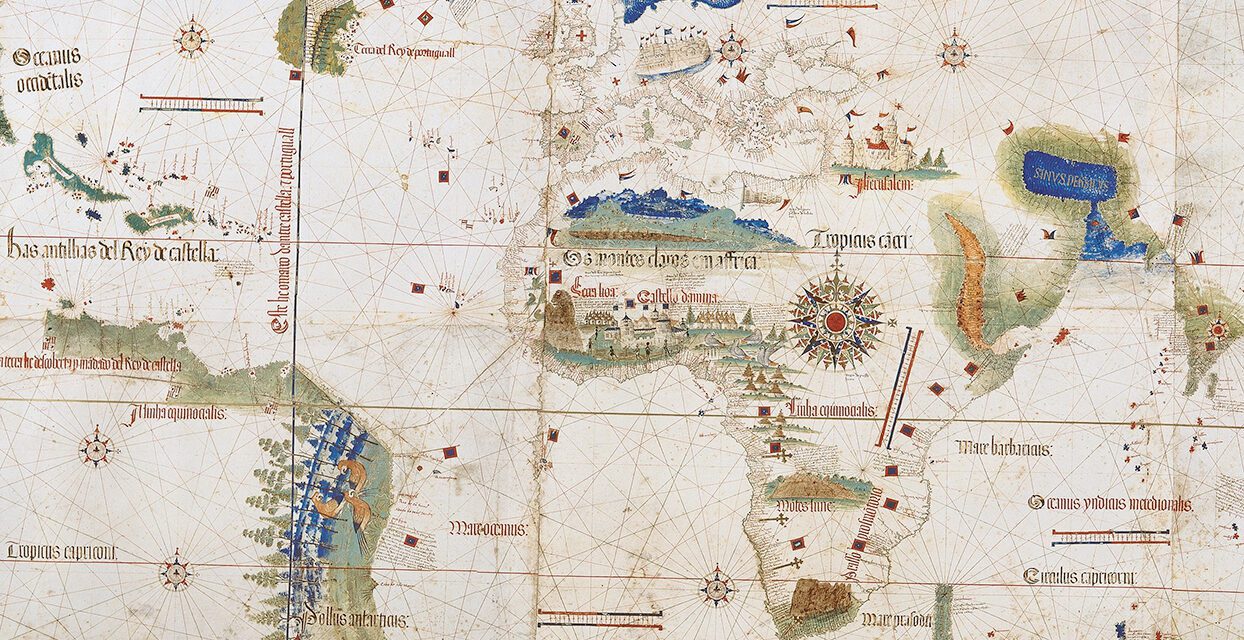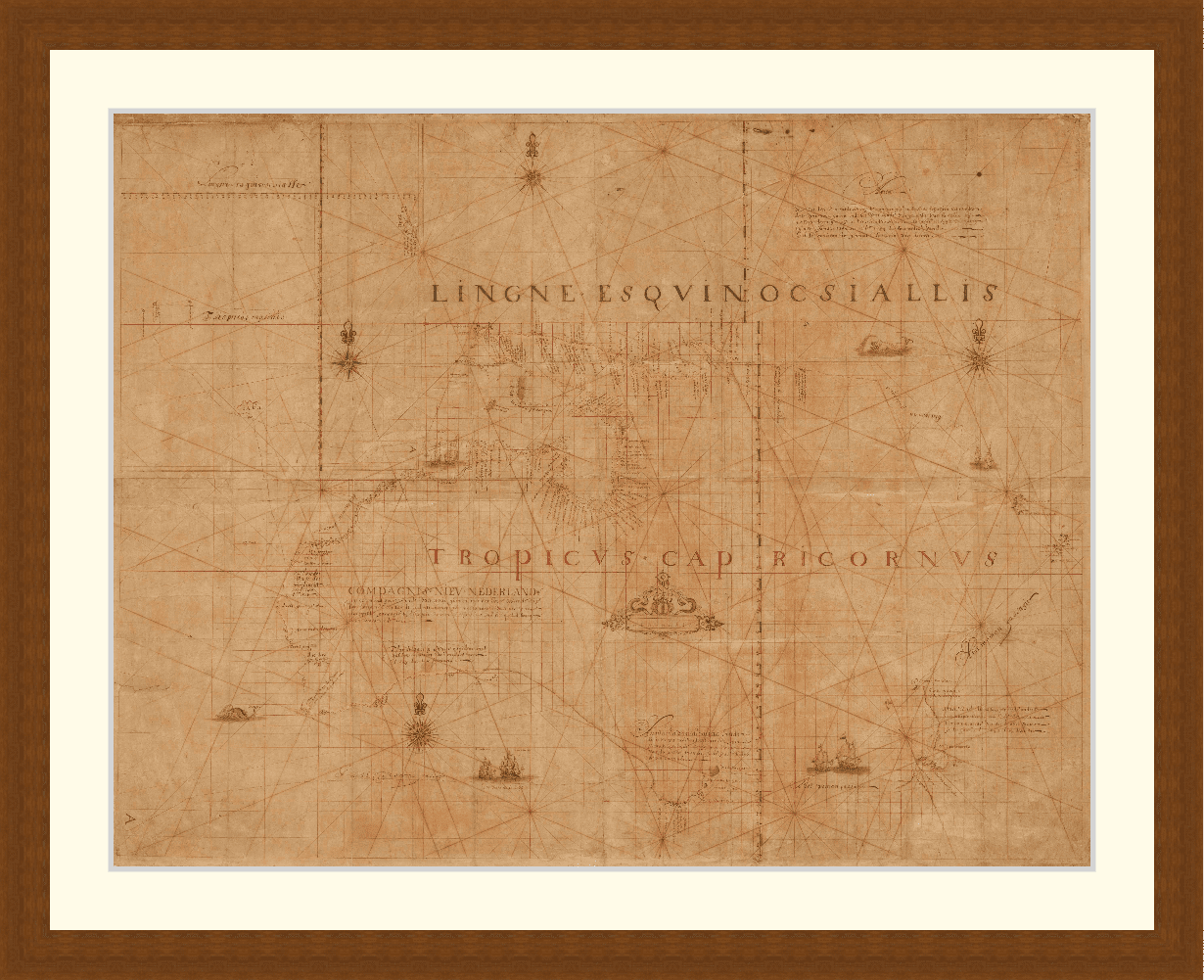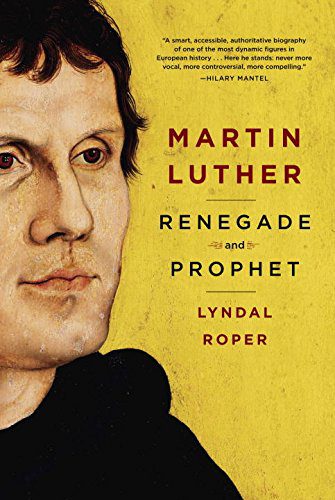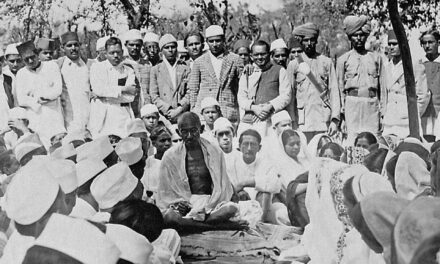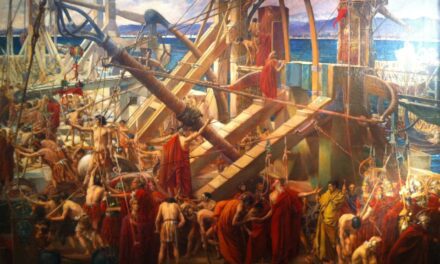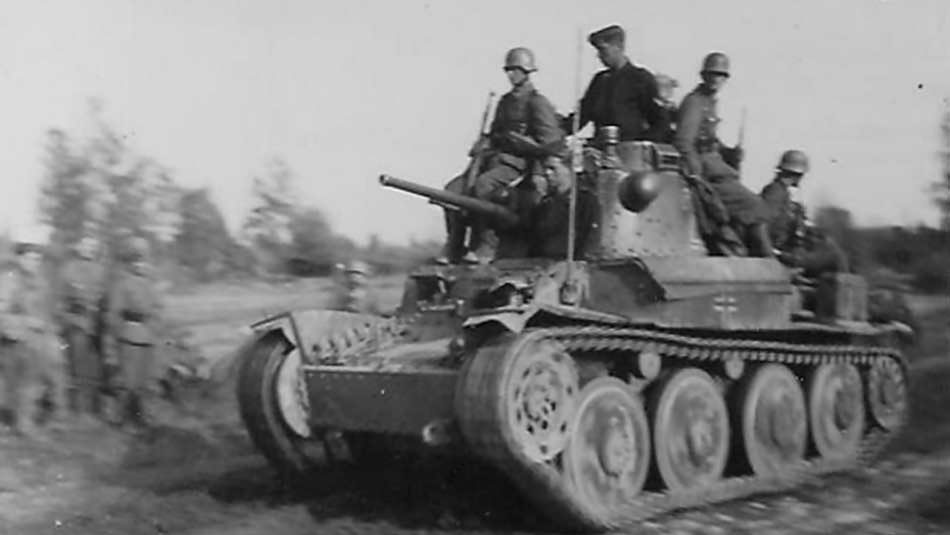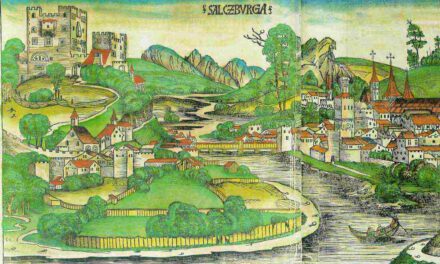History Guild General History Quiz 141
See how your history knowledge stacks up!
Want to know more about any of the questions? Once you’ve finished the quiz click here to learn more.
Have an idea for a question? Suggest it here and we’ll include it in a future quiz!
The stories behind the questions
1. In 1493 Pope Alexander VI issued a proclamation dividing the ‘New World’ between Spain and which other country?
Portugal – In practice both Spain and Portugal found the Papal bull (proclamation) to be unclear and did not directly follow it. However, it resulted in them negotiating the Treaty of Tordesillas a year later, which assigned all the territory west of a line in the mid Atlantic to Spain, and that to the east to Portugal. This is a significant reason why Brazil, which lies east of the line, was colonised by the Portuguese, while Spain colonised much of the remainder of South and Central America, which was to the west.
2. Born in 1716, Capability Brown was a prolific innovator of which area?
Gardening – Lancelot Capability Brown, was the most famous English gardener and landscape architect. He designed and built over 170 gardens and parks between 1742 and his death in 1783, many of which can still be seen today.
3. During WW2, which country had the most women serving in its military?
USSR – More than 800,000 women served in the Soviet Armed Forces. While the majority were in non-combat roles, significant numbers of women fought in front line units. This included serving in infantry, artillery and armoured units, as well as flying bombers. The sniper Lyudmila Pavlichenko famously claimed to have killed 309 German soldiers.
The UK also had a significant number serving, with over 600,000 women in the military, proportionally a much higher percentage of women than the USSR. These women were restricted from serving in combat however, with the exception of Anti-Aircraft units.
4. Which was the first country to secede from the USSR?
Lithuania – The first country to leave the USSR on 11 March 1990, serving as a model and inspiration to other Soviet republics. The other member states left over the following two years.
Ukraine – 24 August 1991
Russian Federation – 12 December 1991
Kazakhstan – 16 December 1991
5. When was Westminster Abbey completed?
1060 CE – Built on the orders of Edward the Confessor, it was completed in 1060 and consecrated in 1065. In 1066 it saw the burial of Edward the Confessor and the coronations of Harold II and William I, The Conqueror. At least 16 British monarchs are buried in the Abbey.
6. Where was Galileo Galilei educated?
University of Pisa – In 1580 he enrolled at the University of Pisa for a medical degree. After accidentally attending a lecture on geometry he shifted his focus to physics, engineering and astronomy. His most significant contribution was his observations confirming that the sun, rather than the earth, was the centre of our solar system. This was disputed by the church, with an Inquisitorial commission declared heliocentrism to be “foolish and absurd in philosophy, and formally heretical since it explicitly contradicts in many places the sense of Holy Scripture”.
7. Which Australian state was the last to allow women to vote?
Victoria – Between 1894 and 1908 a wave of women’s enfranchisement swept across Australia. Beginning in South Australia in 1894 and ending 14 years later in Victoria, Australia’s six colonies allowed women to vote.
8. Which allied warship boarded the German submarine U-110 and captured her Enigma code machine?
HMS Bulldog – The ship closed with the depth-charged U-110, which had been forced to the surface. As the German crew abandoned ship HMS Bulldog sent a boarding party led by Sub-Lieutenant David Balme on board, capturing the Enigma machine and code books. These were of invaluable assistance to the Government Code and Cypher School at Bletchley Park in their task of breaking the German Enigma code.
9. Which country’s capital city was previously called Reval?
Estonia – From 1219 until 1918 the city was known as Reval, with the name changed to Tallinn once Estonia became independent in 1918. Initially a Danish ruled town, Reval was the northernmost member of the Hanseatic League. In 1346 the Danes sold the town to the Teutonic Knights, then in 1561 the Swedish took control. It was captured by the Russian empire in 1710, but retained significant autonomy within Imperial Russia. It was independent from 1918 to 1940, when it was invaded by the USSR, which maintained control of it until Estonia declared their independence on 20th August 1991.
10. The Kingdom of Dahomey ruled part of which modern country from 1600 to 1904?
Benin – The Kingdom became locally dominant due to its effective professional standing army. This included the all female Agojie regiment featured in the film The Woman King. The Kingdom’s economy was based on capturing slaves and selling them to surrounding kingdoms and foreign slave traders. The French fought two wars against the Kingdom in the 1890’s and in 1904 it became a French colony.

